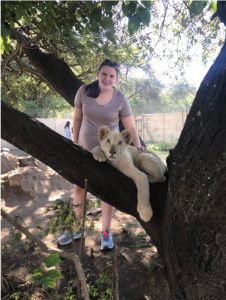 I can’t believe that it has already been two weeks since I arrived in South Africa to begin my student exchange at St. Stithians College. The school campus is beautiful. It consists of girls’ and boys’ preparatory schools, as well as two colleges, sports facilities, fields and housing for teachers. It was a big change for me to go from a co-ed school to an all-girls’ school. Another dramatic difference is the campus itself. The actual classrooms are closed in with walls and a roof; however, as soon as you step out of the classroom door you find yourself outside. With the exception of the classrooms, the entire campus is exterior.
I can’t believe that it has already been two weeks since I arrived in South Africa to begin my student exchange at St. Stithians College. The school campus is beautiful. It consists of girls’ and boys’ preparatory schools, as well as two colleges, sports facilities, fields and housing for teachers. It was a big change for me to go from a co-ed school to an all-girls’ school. Another dramatic difference is the campus itself. The actual classrooms are closed in with walls and a roof; however, as soon as you step out of the classroom door you find yourself outside. With the exception of the classrooms, the entire campus is exterior.
Living in Johannesburg differs greatly from living in Montreal. The biggest difference is the fact that there are walls lining the streets, everyone lives in gated communities and students attend gated schools. Upon entering a gated community, you are first met by an officer and then you have to go through two more gates in order to get to your house.
On my fourth day at my “new” school, the Saints Sports Festival began. This festival takes place once a year and is the biggest high school sports festival in all of South Africa. I took part in war cries and had an opportunity to watch numerous matches, such as netball, rugby, and field hockey.
My billet family later took me to see my first cricket match. I had a great time learning about a new game, which is one of the most popular sports here in South Africa.
This past weekend, my exchange family brought me to Lion Park near Hartbeespoort Dam. We drove through the park, stopping along the way to get very close and personal with lions, giraffes, zebras, ostriches, wild dogs and many more animals. My favourite experience at the park was petting the lion cubs. They were gentle, soft and dog-like but it did hurt if they snapped at you or got their claws on you. They were very playful and loved belly rubs.
I can’t wait to get closer to my new friends and billet family over the next six weeks; I already feel so at home here. School breaks for three weeks next week and my family is taking me on a tour of South Africa. We will be visiting Cape Town, the port city of Durban and Kruger National Park. I am so excited and can’t wait to tell you all about my adventures! – Kirsten Hardiman ’20, Exchange Student at St. Stithians College.

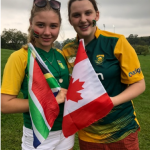
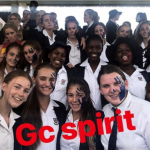
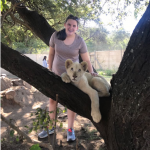
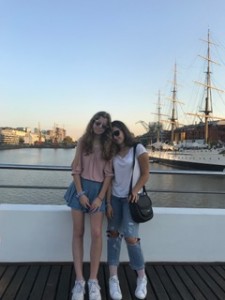 This past month, I have had the chance to attend school and live with a family in Argentina. It has been an incredible experience, full of new and wonderful things to learn each day.
This past month, I have had the chance to attend school and live with a family in Argentina. It has been an incredible experience, full of new and wonderful things to learn each day.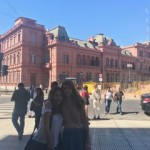
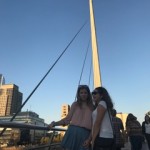
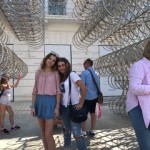
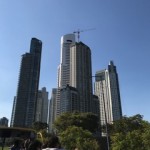
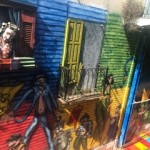
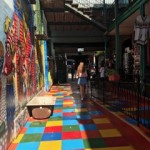
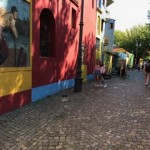
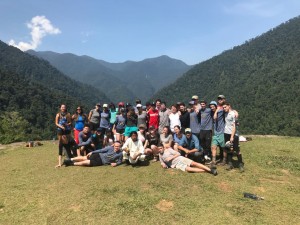 This March break, I, along with 31 of my peers, went on the Duke of Ed gold trip to Colombia where we built a house and went on a five-day hike to the lost city.
This March break, I, along with 31 of my peers, went on the Duke of Ed gold trip to Colombia where we built a house and went on a five-day hike to the lost city. Tous les ans, durant les deux premières semaines de mars, nous sommes en vacances. Or, pendant cette période de repos pour nous, une journée importante, désignée par l’ONU (United Nation) en 1975, doit être soulignée. Il s’agit du 8 mars. La journée internationale des femmes/International Women’s Day. L’objectif de cette journée est de promouvoir l’éducation et célébrer la contribution des femmes dans nos communautés locales, dans notre pays et partout dans le monde. C’est aussi un moment idéal pour discuter comment devenir plus inclusif comme société.
Tous les ans, durant les deux premières semaines de mars, nous sommes en vacances. Or, pendant cette période de repos pour nous, une journée importante, désignée par l’ONU (United Nation) en 1975, doit être soulignée. Il s’agit du 8 mars. La journée internationale des femmes/International Women’s Day. L’objectif de cette journée est de promouvoir l’éducation et célébrer la contribution des femmes dans nos communautés locales, dans notre pays et partout dans le monde. C’est aussi un moment idéal pour discuter comment devenir plus inclusif comme société.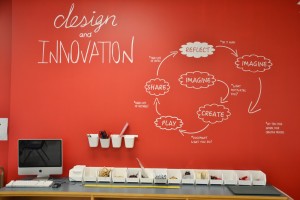 I’ve always been interested in architecture. When I was little, I used to build houses out of wood, draw floor plans of my room, and play on interior design apps. As I got older, I started watching a lot of HGTV and going around the city taking photos of different buildings.
I’ve always been interested in architecture. When I was little, I used to build houses out of wood, draw floor plans of my room, and play on interior design apps. As I got older, I started watching a lot of HGTV and going around the city taking photos of different buildings.